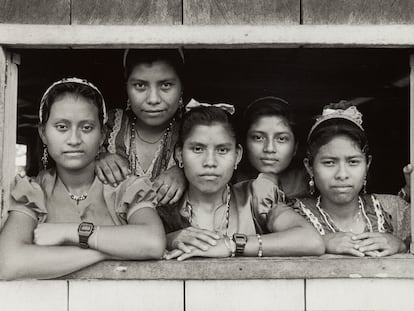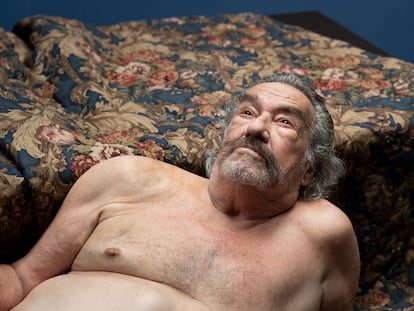A Magnum Photos agency of Spanish and Latin American female photographers
A platform unites 29 female artists with the aim of promoting ‘the new female photography’ while its members express their creativity through workshops, conferences and viewings
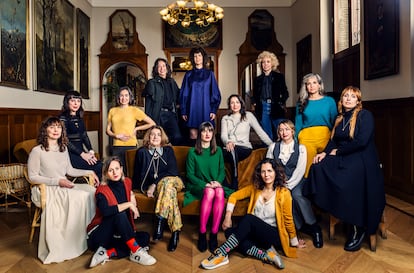
Based on the famous Magnum Photos agency, albeit with much less alcohol and the endless poker games, the Cómo ser Fotógrafa (How to be a Photographer — CSF) platform unites 29 artists (20 Spanish and 9 Latin American) who aspire to showcase their work, “so that the role of women in artistic creation can be recognized, while at the same time showing that we are professionals,” says Marta Soul, the group’s spokesperson, at the Ateneo de Madrid cultural institution. In a room belonging to this institution, which includes a Photography section, EL PAÍS gathered 14 of them for a group picture and to discuss their projects.
Soul (Madrid, 51 years old), who lives in England, is the driving force behind this “alliance,” which was formed in 2020. “I was receiving more and more news of collectives of female photographers from European countries and I thought that it could also happen in Spain, so I thought about the ones I admired and made an emotional selection. We started with 20. Also, the language issue was important, so that we could contact artists from Latin American countries,” she explains.
Under the concept of photography “as an artistic practice,” she stresses, the first task was to set up a website, which was carried out by Elena de la Rúa (Madrid, 46 years old), who is also in charge of designing the group’s collective exhibitions. Then came the promotion, through different mediums, such as online talks for several months for PHotoEspaña. Currently, a panoramic view of the photography of these artists (in addition to the two photo galleries in this article) can be seen at the Museo del Greco, in Toledo, in the exhibition entitled Una Visión Propia, until May 26th. Also, on their website there are short documentaries about some of their projects for a better understanding of their work.
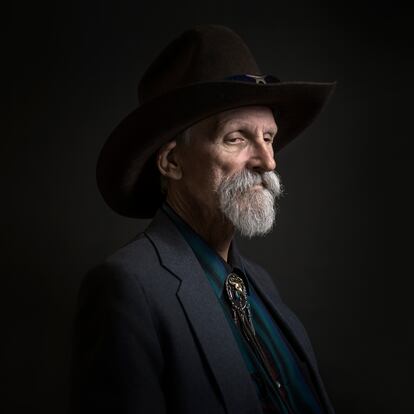
De la Rúa, who has a degree in Fine Arts, focuses on photography as the basis of her work, but painting and sculpture are also part of it: “In my images, I convey how we relate to the outside world through our imagination or emotions.” In her latest project, entitled El paraíso come carne (Paradise Eats Meat), she photographs small dead animals and then paints over the image. Using the platform, she is preparing a still life workshop for adolescent girls in Nigeria.
Rosa Muñoz (Madrid, 61 years old) hails from a previous generation. She boasts a long career that includes solo exhibitions at the Canal de Isabel II (Madrid) or the Centro Andaluz de la Fotografía (Almería), and her images appear at the Pompidou Center (Paris) and the Centro de Arte de Alcobendas (Madrid). Her style involves “scenic, constructed photography,” in which there is always a reflection “on the passage of time,” she says. She has been collaborating for decades in the media (including El País Semanal, El Mundo’s Magazine, Matador), she is immersed in a project on abandoned places that she manages and which, in some way, she breathes a second life into. This work alternates with video projections, such as the one she recently held for three nights on the façade of the Senate in Madrid.
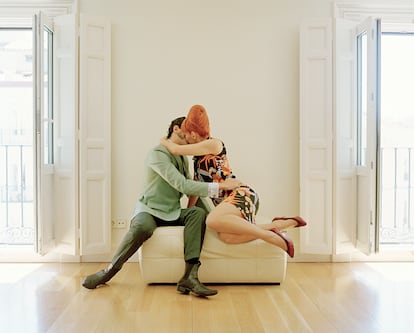
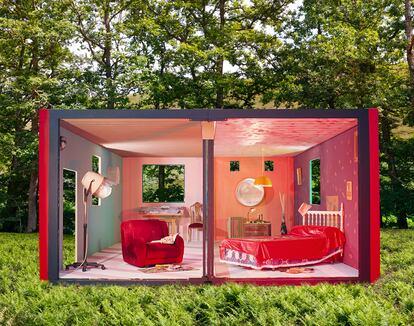

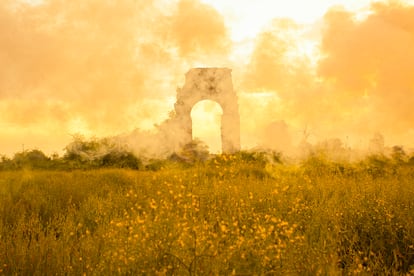
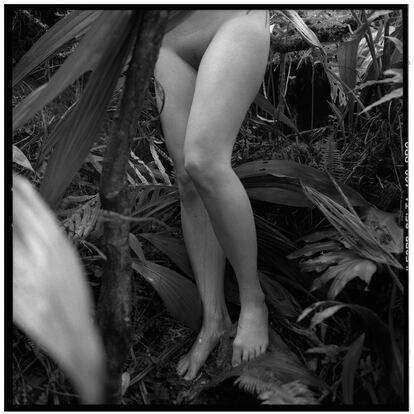

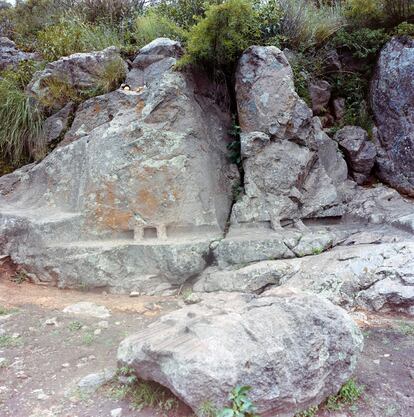

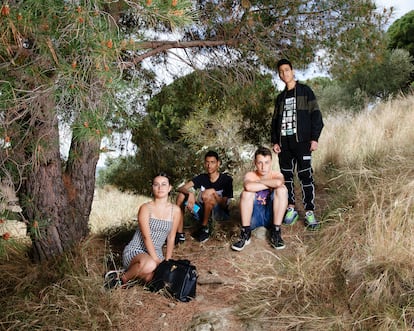
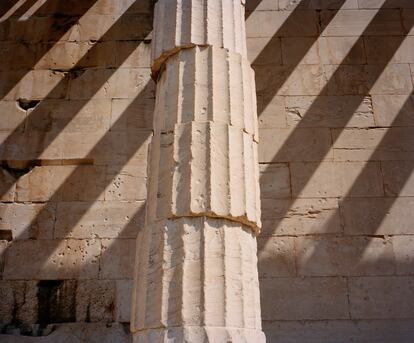
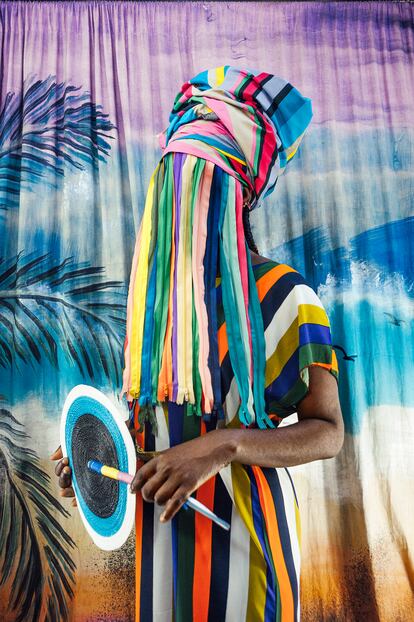
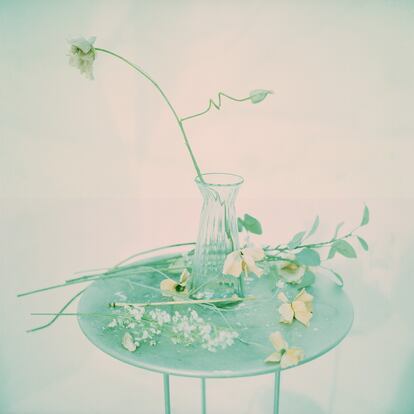
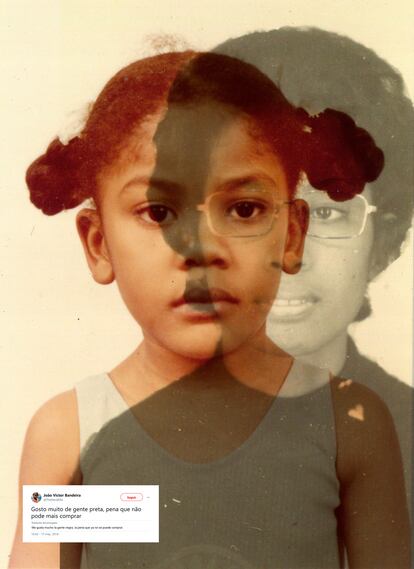
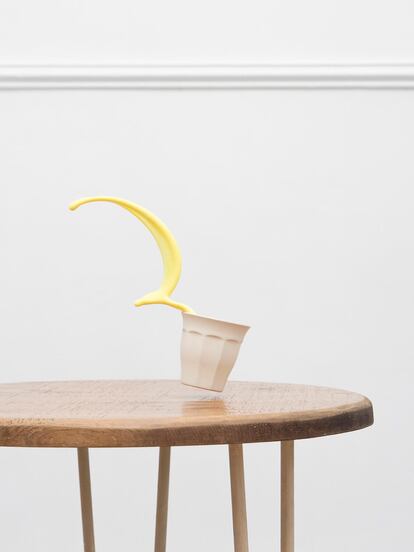
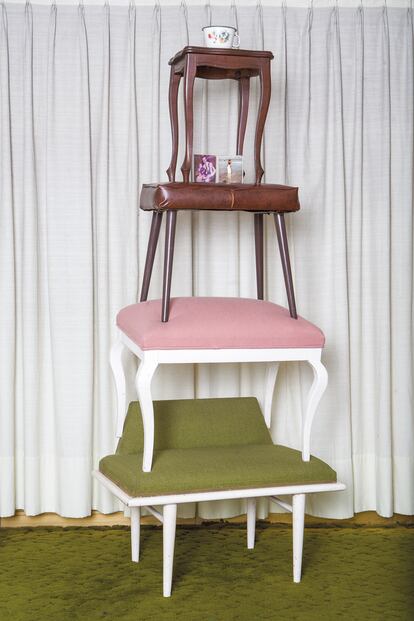
“Over time, we have seen how our platform has become more and more interesting, and now there are artists who want to join, and they are good, but not very well-known,” adds Muñoz at Ateneo de Madrid, which is in the process of including illustrious female Ateneo members in its portrait gallery.
To join CSF, candidates must be nominated by a member of the group. “Those who make the final decisions are external curators, chosen by me, who review their work,” explains Soul, who also does staged photography but using characters. “It is as if film stills were extracted, with a narrative in which these people express their emotions,” she explains about her work, displaying a fondness “for the couple’s relationship.”
Soul also says that a common quality of all CSF members is that they are feminists: “Many times photographers have told us: ‘You only take photos of your body.’ This platform demonstrates that this is not the case. Of course, we’re a heterogeneous group, not a political movement, and we’re not all interested in the same issues.”
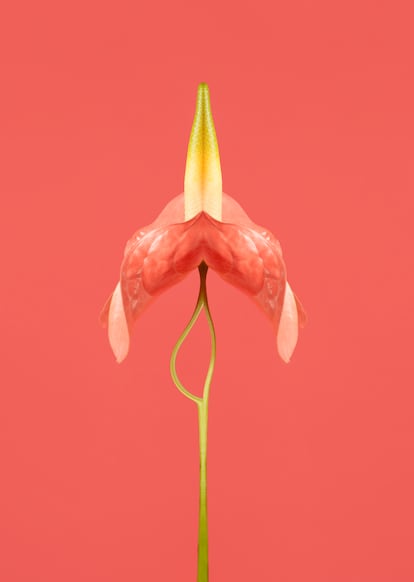
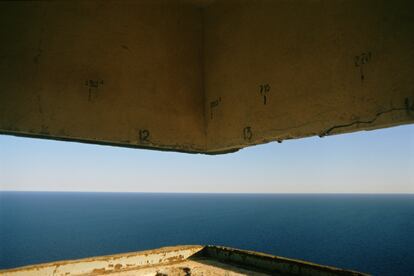
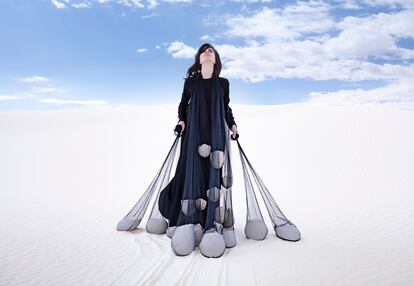
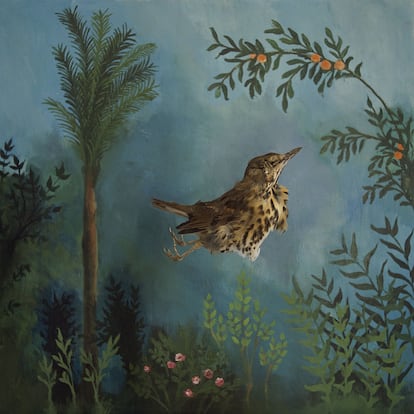
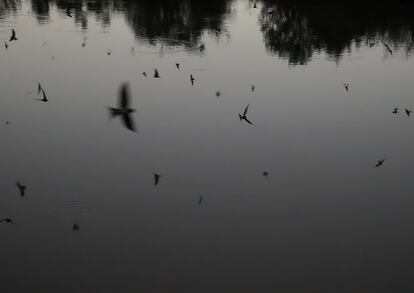
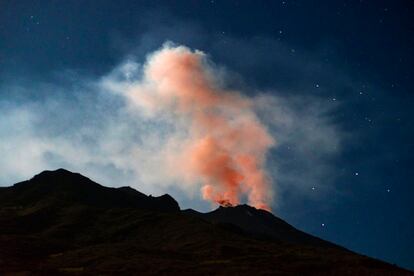
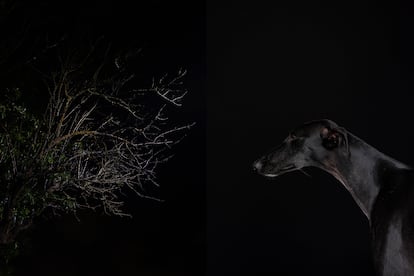
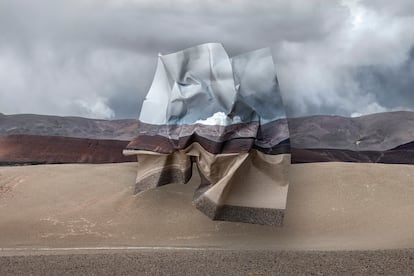
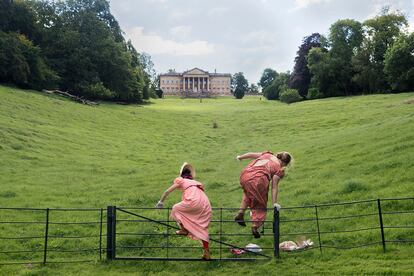

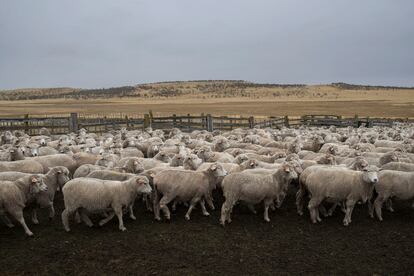
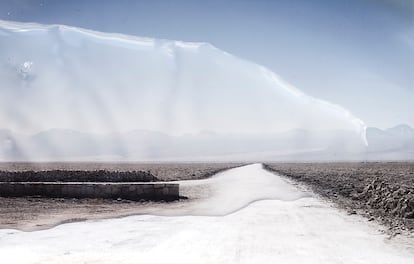

Paula Anta (Madrid, 47 years old) elaborates on this explanation: “The platform has allowed me to assert myself in the fight in a photographic world that is so masculine. We had to fight to be taken seriously about what we were doing.” Thanks to the contacts and movement provided by CSF, Anta has enjoyed a stay in Côte d’Ivoire, which will culminate in an exhibition on a landfill site in Abidjan that the Ivorian government is transforming into a park. “I have photographed this transformation, which can be seen at Casa África, in Las Palmas de Gran Canaria.” Nature is very much a part of her work. “I also work on landscape interventions and my latest projects have a more ecological character because I work in an increasingly damaged environment.”
Fabiola Cedillo is one of the Latin Americans in the group. Born in Cuenca (Ecuador), she is 36 years old and has collaborated with Reuters. She is passing through Madrid before leaving for Dubai to work on a project about consumerism in the emirate. She says her focus is on documentary photography: “I’m interested in what happens to people who do not comply with social or moral rules, who move in this periphery.”
Cedillo points out that while European female photographers “are more influenced by classical art in terms of composition or how to use light,” Latin American women are influenced by the visual imaginary that comes from the United States. “When we started to do photography, we tried to replicate what they were doing,” and she adds that “in Latin America, experimental photography is not as widespread as it is in Europe.”
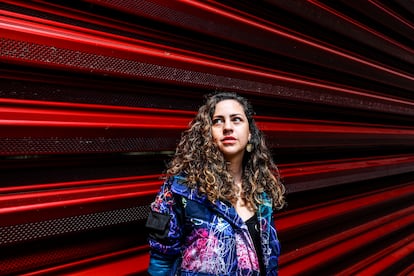
Among the activities carried out by this group of female photographers is an annual online course, coordinated by Elisa Miralles. “It began in November and will finish in June, with a virtual exhibition of works by the 10 students. They have to develop a project and the idea is to encourage them in their work and help them to find their way,” she explains. Different disciplines are taught, such as photobooks, the relationship with galleries and portrait photography. Miralles graduated as a chemical engineer and started out in photography in 2007. Her work has focused on issues related to gender and stereotypes. Her projects include Recuerdos sin memoria, in which she portrays the day-to-day life of her grandmother, who suffers from Alzheimer’s disease.
CSF’s website also provides the option of buying works from the artists, and the latest commitment, says Soul, is a virtual gallery, a space for exhibitions where the user can browse and which is open to artists outside the group. The group also strives to take its works to different festivals and art fairs.

As for the future, Soul says she would like the platform to establish “a direction in Spanish photography” and to help its members “gain an international presence.” “And financial autonomy, which is essential,” adds Anta. “We need to make money!”
Sign up for our weekly newsletter to get more English-language news coverage from EL PAÍS USA Edition
Tu suscripción se está usando en otro dispositivo
¿Quieres añadir otro usuario a tu suscripción?
Si continúas leyendo en este dispositivo, no se podrá leer en el otro.
FlechaTu suscripción se está usando en otro dispositivo y solo puedes acceder a EL PAÍS desde un dispositivo a la vez.
Si quieres compartir tu cuenta, cambia tu suscripción a la modalidad Premium, así podrás añadir otro usuario. Cada uno accederá con su propia cuenta de email, lo que os permitirá personalizar vuestra experiencia en EL PAÍS.
¿Tienes una suscripción de empresa? Accede aquí para contratar más cuentas.
En el caso de no saber quién está usando tu cuenta, te recomendamos cambiar tu contraseña aquí.
Si decides continuar compartiendo tu cuenta, este mensaje se mostrará en tu dispositivo y en el de la otra persona que está usando tu cuenta de forma indefinida, afectando a tu experiencia de lectura. Puedes consultar aquí los términos y condiciones de la suscripción digital.
More information
Últimas noticias
Luisa Neubauer, climate change activist: ‘Ecology shouldn’t be a punitive force, but a joyful and liberating one’
Trump followed CIA recommendation to hand power to Delcy Rodríguez due to risk that Machado would not control the army
The Motherwell painting that Franco wanted to hide from view
Mexico seeks to shore up its defenses following US incursion in Venezuela
Most viewed
- Alain Aspect, Nobel laureate in physics: ‘Einstein was so smart that he would have had to recognize quantum entanglement’
- Alvin Hellerstein, a 92-year-old judge appointed by Bill Clinton, to preside over Maduro’s trial in New York
- Cuba confirms death of 32 of its citizens in the US attack against Venezuela
- Gilles Lipovetsky: ‘If you want to live better and fall in love, take Prozac, don’t look to philosophy’
- Why oil has been at the center of Venezuela-US conflicts for decades

